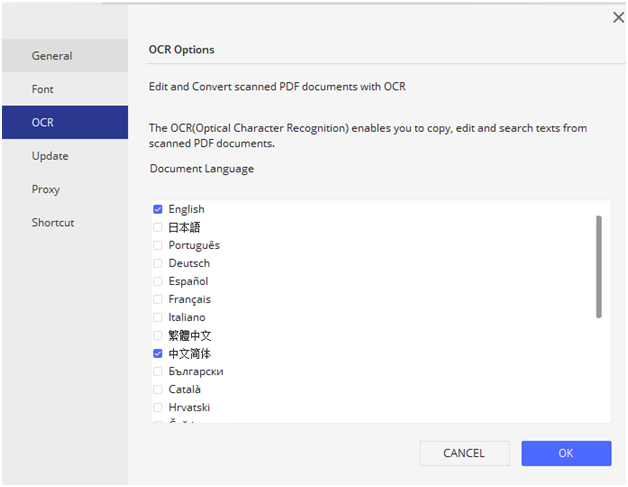
The technology successfully solves challenges related to content management and knowledge discovery in the areas of: Information extraction can be applied to a wide range of textual sources: from emails and Web pages to reports, presentations, legal documents and scientific papers. Typical Information Extraction Applications To further get acquainted to what the platform is and how it works, we recommend that you check the following article: 4 Things NOW Lets You Do With Content.

You can see this by yourself, testing other scenarios live at the NOW platform. This is a very basic example of how facts are distilled from a textual source. Related mentions: Maverick Vinales, Yamaha, Jorge Lorenzo

Through information extraction, the following basic facts can be pulled out of the free-flowing text and organized in a structured, machine-readable form: Marc Marquez was fastest in the final MotoGP warm-up session of the 2016 season at Valencia, heading Maverick Vinales by just over a tenth of a second.Īfter qualifying second on Saturday behind a rampant Jorge Lorenzo, Marquez took charge of the 20-minute session from the start, eventually setting a best time of 1m31.095s at half-distance. Typically, the best information extraction solutions are a combination of automated methods and human processing.Ĭonsider the paragraph below (an excerpt from a news article about Valencia MotoGP and Marc Marques): Information extraction can be entirely automated or performed with the help of human input.

Do you want to make use of the best natural language processing techniques for text analysis and information extraction?


 0 kommentar(er)
0 kommentar(er)
